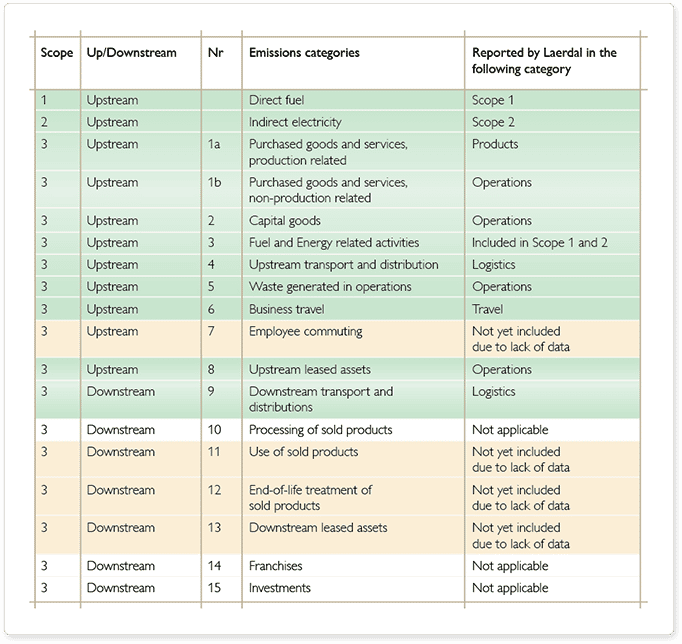Sustainability goals and emission update
Sustainability
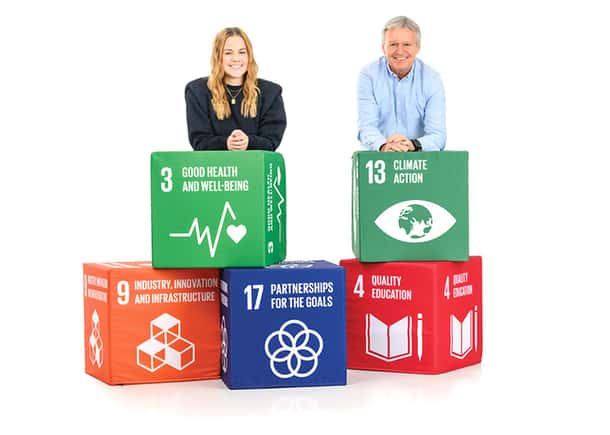

In 2020 we set our sustainability commitment towards 2030:
Carbon Neutral
To achieve a 70% reduction in carbon emissions by 2030 across:
And to offset any residual emissions.
Circular Solutions
To adopt circular materials throughout the value chain:
Social Responsibility
To implement UNGP and OECD guidelines throughout our supply chain and cascade to the next level from the largest suppliers.
Our goal is to achieve a 70% reduction in carbon emissions by 2030 across our facilities, operations, logistics, products, and supply chain.
Any residual emissions in 2030 will be offset to reach carbon neutrality by acquiring high-quality carbon credits using carbon removal technologies or nature-based solutions.
Strong focus on incorporating circular principles throughout the value chain, with emphasis on:
By adopting circular solutions, the company aims to transition from a linear "take-make-dispose" model to a more sustainable and circular approach.
The company commits to implementing the United Nations Guiding Principles on Business and Human Rights (UNGP) and the Organization for Economic Cooperation and Development (OECD) guidelines throughout the supply chain. This includes:
By embracing social responsibility, the company aims to contribute to sustainable and ethical practices throughout its operations and supply chain, fostering a positive impact on society.
We track and report progress annually in terms of both absolute carbon emissions and carbon intensity. In 2019, the total emissions were 69 kilotonnes CO2e (kt). However, by 2021, the emissions increased to 79 kt due to increased sales. Despite further sales growth, emissions decreased to 74 kt in 2022 due to a 10% reduction in the carbon intensity of operations, indicating the positive effects of reduction initiatives that were implemented.
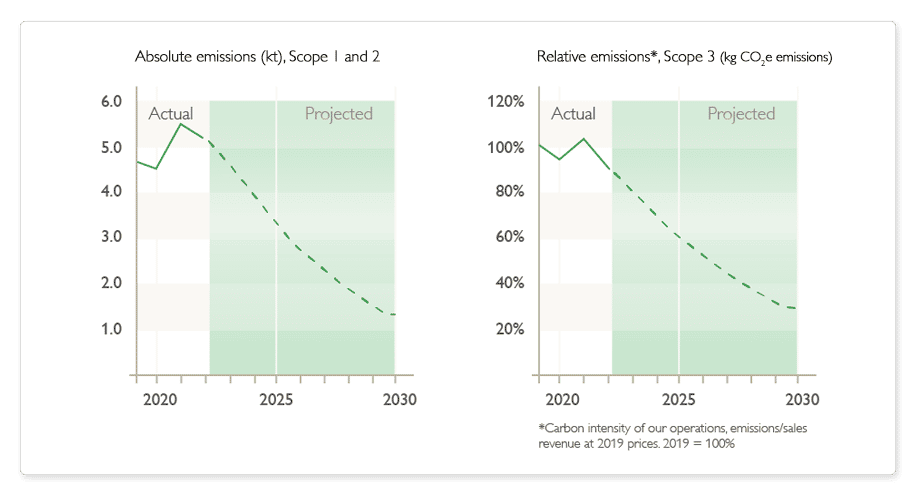
Laerdal report emissions at Group level for Scope 1, 2 and 3. Emissions are estimated using a spend based approach. See our Measure to Improve page to read more about our methodology. Scope 1 emissions are negligible and consist of natural gas used in manufacturing processes plus petrol for company cars. Scope 2 emissions consist of emissions related to energy purchased for manufacturing and office locations. The emissions reported for Scope 2 are market based. Scope 3 emissions are the largest emission source at Laerdal Medical. To understand the source of Scope 3 emissions, we divide it into four main categories. Travel represents business travel by company employees. Logistics includes both Upstream and Downstream logistics. Operations represents indirect emissions from operations like purchasing of IT equipment, cleaning services and marketing activities to name a few. The products category represents all raw materials and components that are used in the manufacturing of our products.
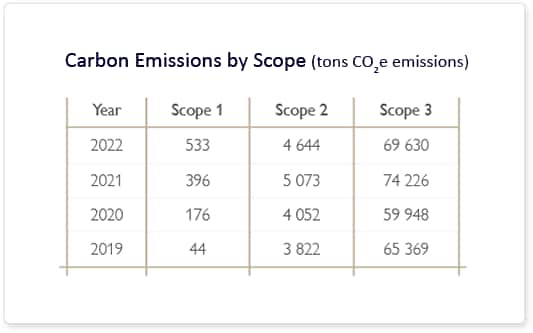
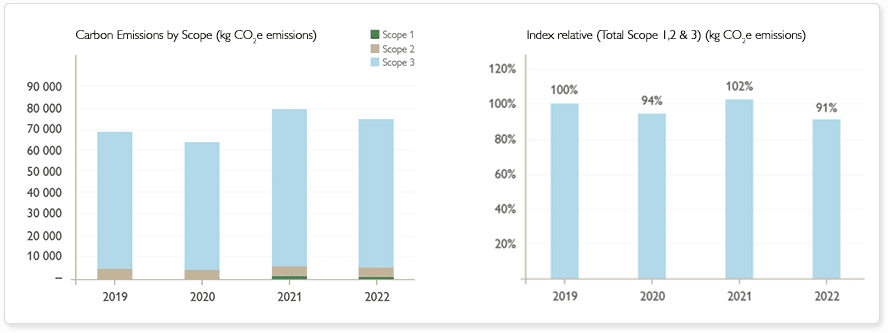
Scope 3 emissions from Travel are mostly related to business trips using air travel. For Logistics, we estimate the emissions from transportation from our suppliers to our manufacturing sites, between Laerdal locations and distribution to our end customers. Logistics also includes operations of third-party logistics warehouses. Operations includes purchases of products and services used in the day-to-day running of the company. Facilities, IT & Communication equipment, Marketing activities, external consulting services and assets. Products is the largest Scope 3 category and represents indirect emissions from the purchases of raw materials and components plus products that we purchase from other manufacturers that we sell from our customers.
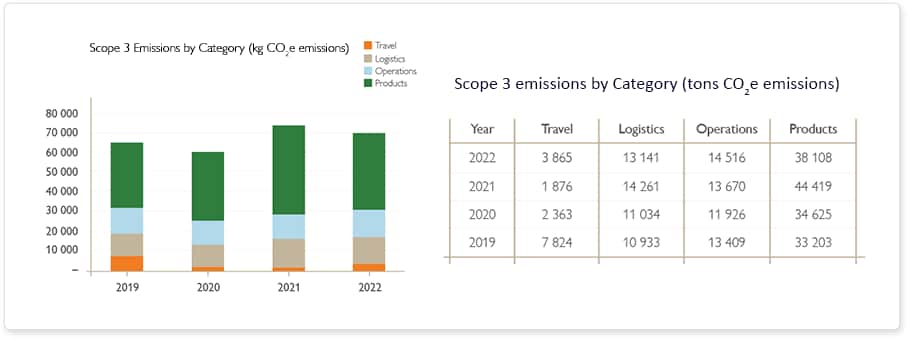
Products can further be broken down into categories by material type. Electronics and Sub-assemblies represent the largest category, followed by Rubber and Plastics products. Metals and Textiles are the other large contributing categories to Scope 3 emissions.
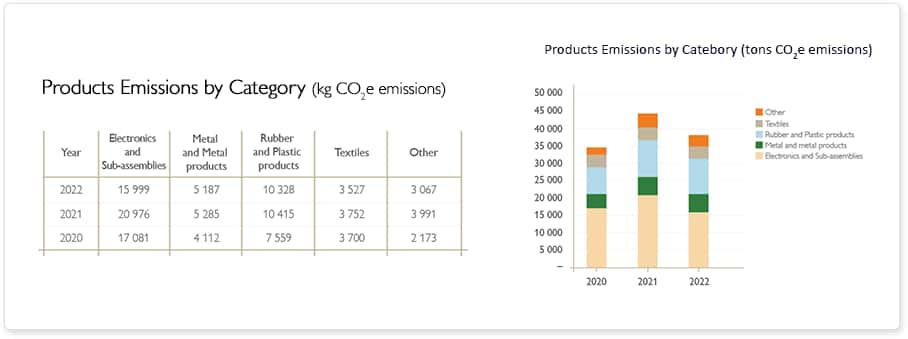
The following table shows how to map the emissions categories Laerdal reports on to the GHG Protocol.
We currently include all Scopes according to GHG protocol except Scope 3 category 10. Processing of sold products; 14. Franchises; and 15. Investments, as these are not applicable to our operations. Our investments in Laerdal Invest will be covered in Laerdal Invest’s climate accounting. We do not yet include Scope 3 category 7. Employee commuting; 11. Use of sold products; 12. End-of-life treatment of sold products; and 13. Downstream leased assets, due to lack of data in these categories. Data gathering for these categories are under development and estimations will be included in future reporting.
